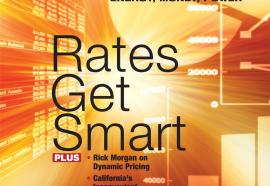Open Access on Trial
The old rules don’t always fit with new commercial realities.
To encourage billions of dollars of investment into America’s transmission grid over the next several decades, the Federal Energy Regulatory Commission (FERC) is restructuring its regulatory policies to bring market-based solutions into the framework for planning, construction, and operation of new transmission lines. The recent Order 1000 is the most dramatic example of this effort. But as FERC has learned before, one set of rules doesn’t serve the financial and commercial needs of all market participants.




